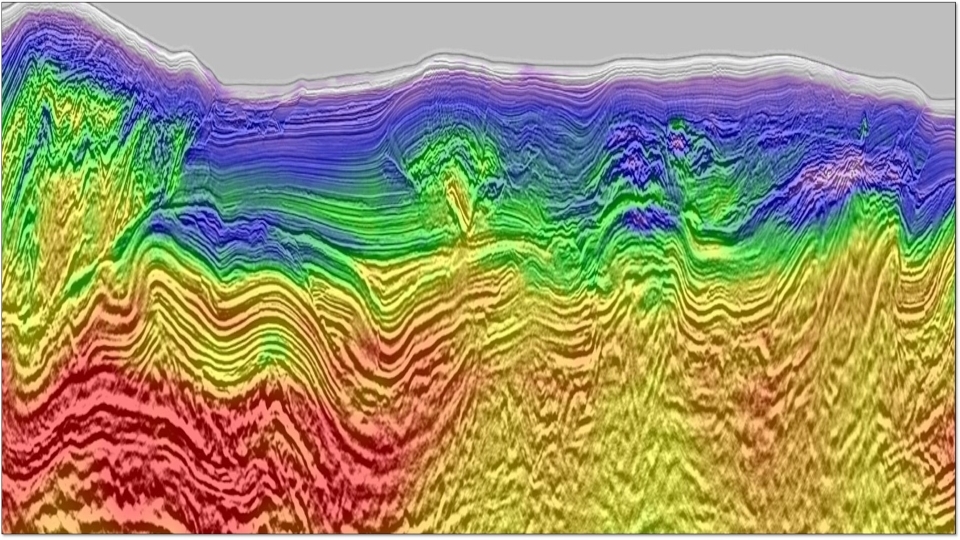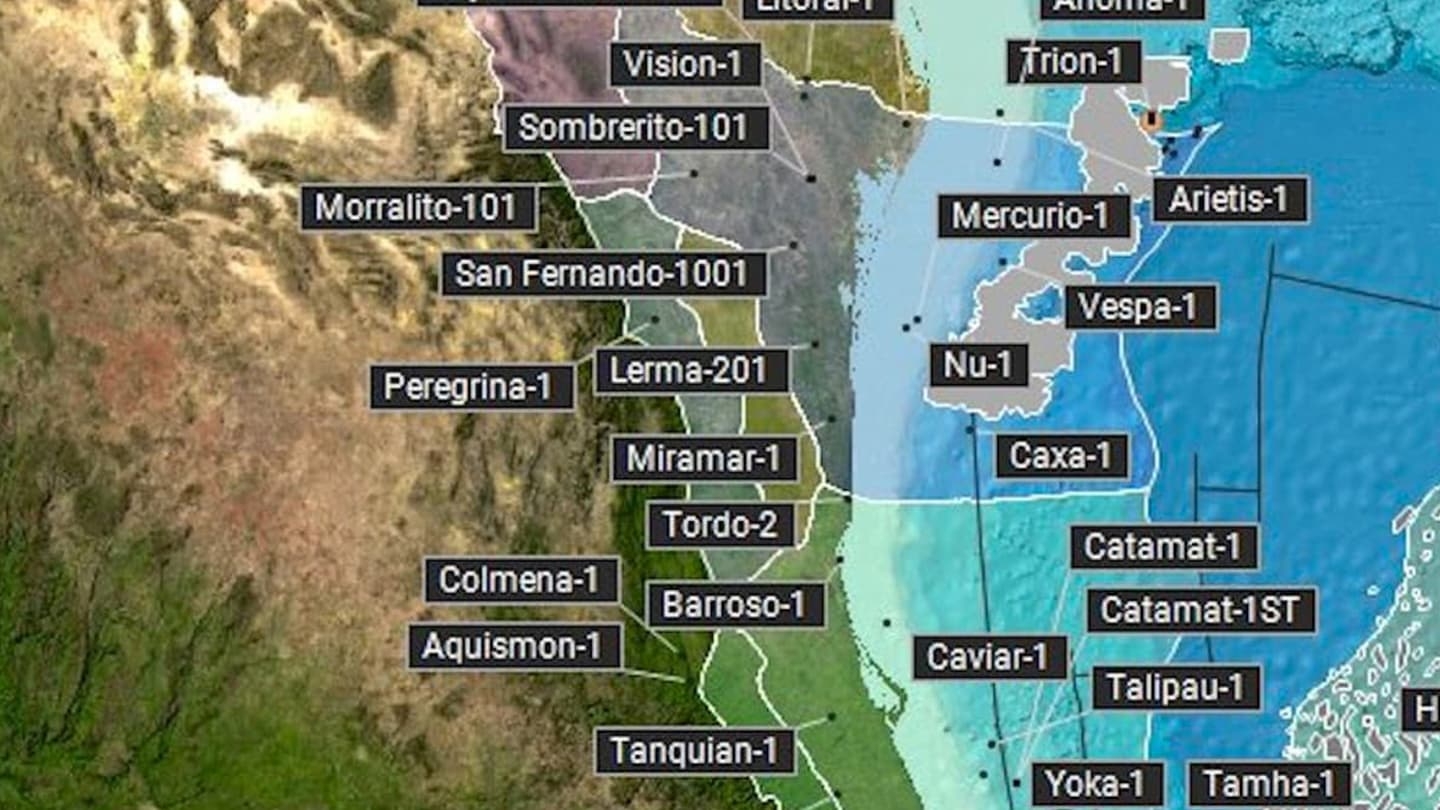Blended acquisition of ocean bottom node (OBN) surveys may provide important time savings when the survey duration is tightly constrained. We present a method that focuses on the deblending of OBN data recording two simultaneous sources in the Gulf of Mexico. By knowing the respective shot time interval and shot location of two or more sources in the continuous recording data, we can extract the common receiver gathers of each source and deblend them using an iterative coherency-enhancement and subtraction method. In this method, the initial energy model is estimated in the Tau-P domain, and the noise model is estimated adaptively in the curvelet domain. Results show little signal leakage after three iterations of separation.
Download Resource 
Publications
EAGE - European Association of Geoscientists and EngineersAuthors
Carlos Rivas, Hui Chen, Chu-Ong Ting,





